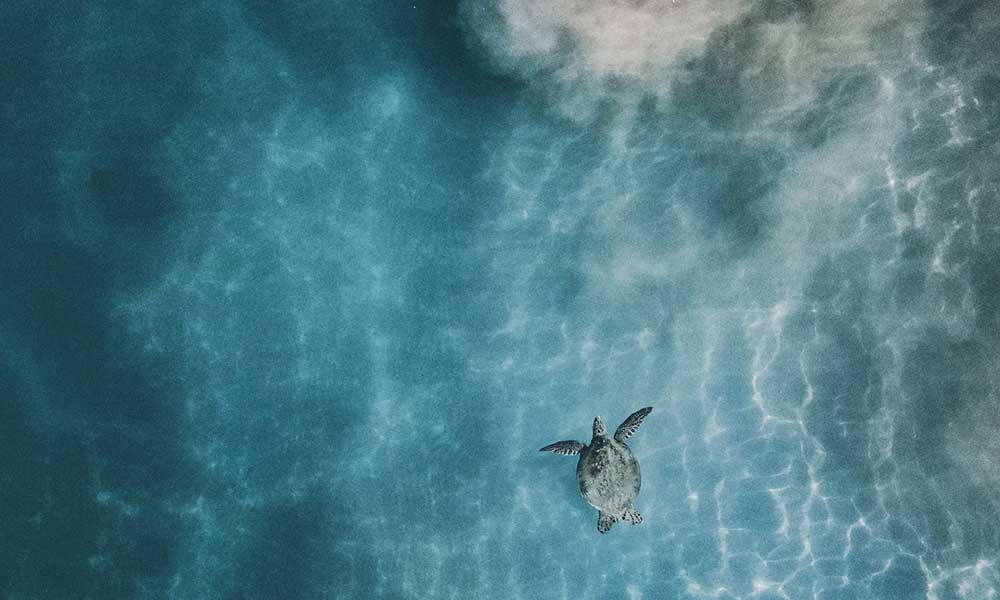In Hawaii, an aumakua is a family god, an ancestor that has become deified and can manifest as an array of animals. The concept of “aumakua” is key to Hawaiian mythology and stems from the region’s animist and polytheist history, beliefs that flourished before Christian missionaries arrived.
What is Aumakua in Hawaiian Culture?
In essence, aumakua are ancestors who have become gods and now serve to protect living family members. They are spirits that embody objects, places, and animals and prevent their descendants from coming to harm.
Similar beliefs exist in animist religions all over the world as there is a strong emphasis on the power of ancestors, as well as their protective responsibilities. In some ways, aumakua are similar in meaning that other cultures give to spirit animals.
In Hawaii, it is considered bad luck to harm or disrespect an aumakua that has manifested and there exists a kind of symbiotic relationship between these spirit creatures and their flesh and blood descendants.
Some Hawaiian families worship a single family god. Actor Jason Momoa, who was born in Honolulu, has a shark tattoo that is said to represent his family’s god. Other families have several and even dozens of gods.
How Do You Pronounce Aumakua?
Aumakua is pronounced something like, “Orm-ah-ku-ah”.
In English, the plural of this word is “aumakuas”, but in Hawaiian, it’s “nã aumakua”.
Types of Aumakua
Aumakua can take many different forms, all of which are unique and have their own names and stories:
Crow (Alala)
Crows are incredibly smart creatures, so it’s easy to see how someone might imagine them to be harboring the souls of benevolent ancestors.
In Hawaii, crows are completely extinct in the wild, with many experts believing that the introduction of diseases such as avian malaria wiped them out. Before that extinction, the Alala was the most common native bird on the Hawaiian Islands and its disappearance had a catastrophic effect on the Hawaiian ecosystem, greatly reducing the rate of seed dispersal and preventing native plant species from spreading.
Green Sea Turtle (Honu)
The green sea turtle is a protected species in Hawaii. It is illegal to touch or harass this beautiful animal, but if you spend a lot of time on the North Shore or you invest in one of the many snorkeling tours, there’s a good chance you’ll encounter one.
The honu is a slow, graceful, and friendly animal that lives a long time. It’s easy to see how someone might have considered these colorful creatures to be harboring a wise and powerful spirit.
Owl (Pueo)
The pueo refers in particular to a species of short-eared owl that is endemic to Hawaii. It’s one of the most popular types of aumakua and it inhabits forests and grasslands across the islands.
The pueo population is not what it once was and the numbers have plummeted over the last couple of decades, but they can still be seen throughout Hawaii.
The pueo is one of several native animals considered to be an endangered species.
Octopus (He’e)
The “he’e” is a small, mottled octopus that lives in shallow reef flats. These creatures are steeped in Hawaiian mythology and there are many stories surrounding their origins and adventures. The god Kanaloa, typically seen as the god of the underworld, is often symbolized by an octopus.
Plant (Mea Kanu) and Pohaku (Rock)
Although aumakua typically inhabit animals, they were also thought to inhabit places (rocks) and plants. It was still extremely bad luck to disrespect these forms, and many of them would also be worshiped.
Shark (Mano)
Those who considered tiger sharks to be aumakua saw them as personal guardians and protectors, as opposed to deadly predators. They believed that they wouldn’t be attacked or harmed in any way if they fed and protected the sharks, and that the animals would return the favor.
There are many species of sharks around Hawaii and all of these were likely considered to be a family’s aumakua at some point. However, reef sharks seem to have been the most common.







